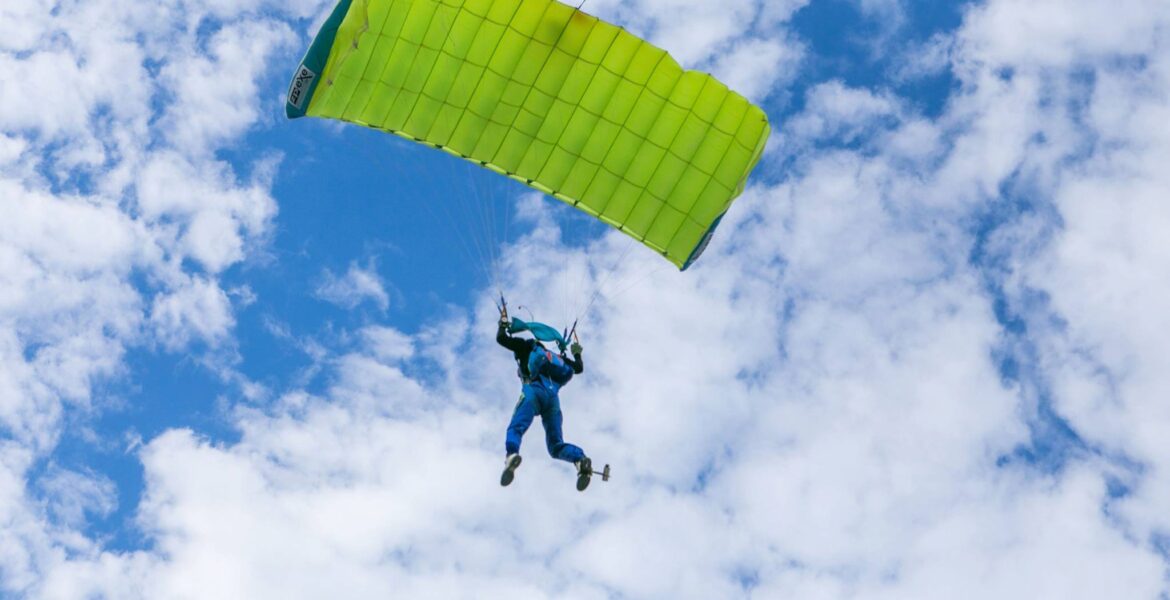- Safari Chic Outdoor Wear in brown and fades is this year’s theme
- Makgadikgadi Epic has been likened to a transtemporal travel into prehistoric times
GOSEGO MOTSUMI
All roads will lead to one of the most scenic parts of Northern Botswana, the Makgadikgadi Salt Pans, when they become a hub of adventure sports between 1st and 3rd July for this year’s Makgadikgadi Epic (MEPIC).
The place is Sua Pan, which lies approximately 20 kilometres from Sowa Town’s LAPA Recreational Area in Sowa Town Park.
The Makgadikgadi Epic is an event organised by Botswana Tourism Organisation (BTO) in partnership with the Parachute Association of Botswana (PAB) but is hosted by BOTASH in collaboration with Sowa Township Council and Tutume Sub-District Council.
“This event is geared at promoting adventure tourism, offering three days of epic skydiving above the Makgadikgadi Salt Pans,” Samuel Lephalo of BTO told Time Out.
Patrons will get to experience the ultimate outdoor thrill that includes tandem jumps, helicopter flips, fun quad rides, horse riding, jet skis and hoover crafts.
Riding out into the pans on a quad bike is one the highlights of any Makgadikgadi safari, for it is here that adventure seekers can gain appreciation of in the stillness and silence except for the roar of their bikes as they ride for hours on end without reaching any place.
“This year’s theme is safari chic outdoor wear which features brown and fades such as khakhi, olive, off-white, tan and grey,” Lephalo said. “The essentials that you need to bring are hats or caps, face masks, hand sanitisers, umbrellas, polarised shades, sunscreen lotion, bottled water and long sleeve tops.”
Studies suggest that modern homo sapiens began to evolve in the Makgadikgadi region 200 000 years ago when it was a vast, exceptionally fertile area of lakes, rivers, marshes, woodlands and grasslands. A thin layer of blue-green algae is the only plant life that can exist in there today.
During the wet season, which is from January to March, rains transform the pans into lush, nutritious wetlands and provide a habitat for migrating animals. The longest zebra migration finds its way here, as do wildebeests, elephants and other herbivore and large predators that prey on them.
The rains also bring migratory waterfowl such as pelicans, ducks and geese to Makgadikgadi. Sua Pan is one of two important flamingo breeding sites in southern Africa, drawing vibrant pink birds from many places in southern Africa. Tortoises, rock monitors, snakes and lizards make their homes in the grasslands on the fringes of the pan while crustaceans live in the region’s salt water.
The mysterious Kubu Island, an isolated granite outcrop in the Sua Pan, is a national monument and considered a sacred site by the area’s indigenous people. It is famous for gigantic baobab trees atop white rocks, prehistoric artefacts and stone ruins.
Archaeological recovery has revealed evidence of prehistoric humans. Some of the stone tools have been dated to establish their origin as earlier than the era of homo sapiens.

